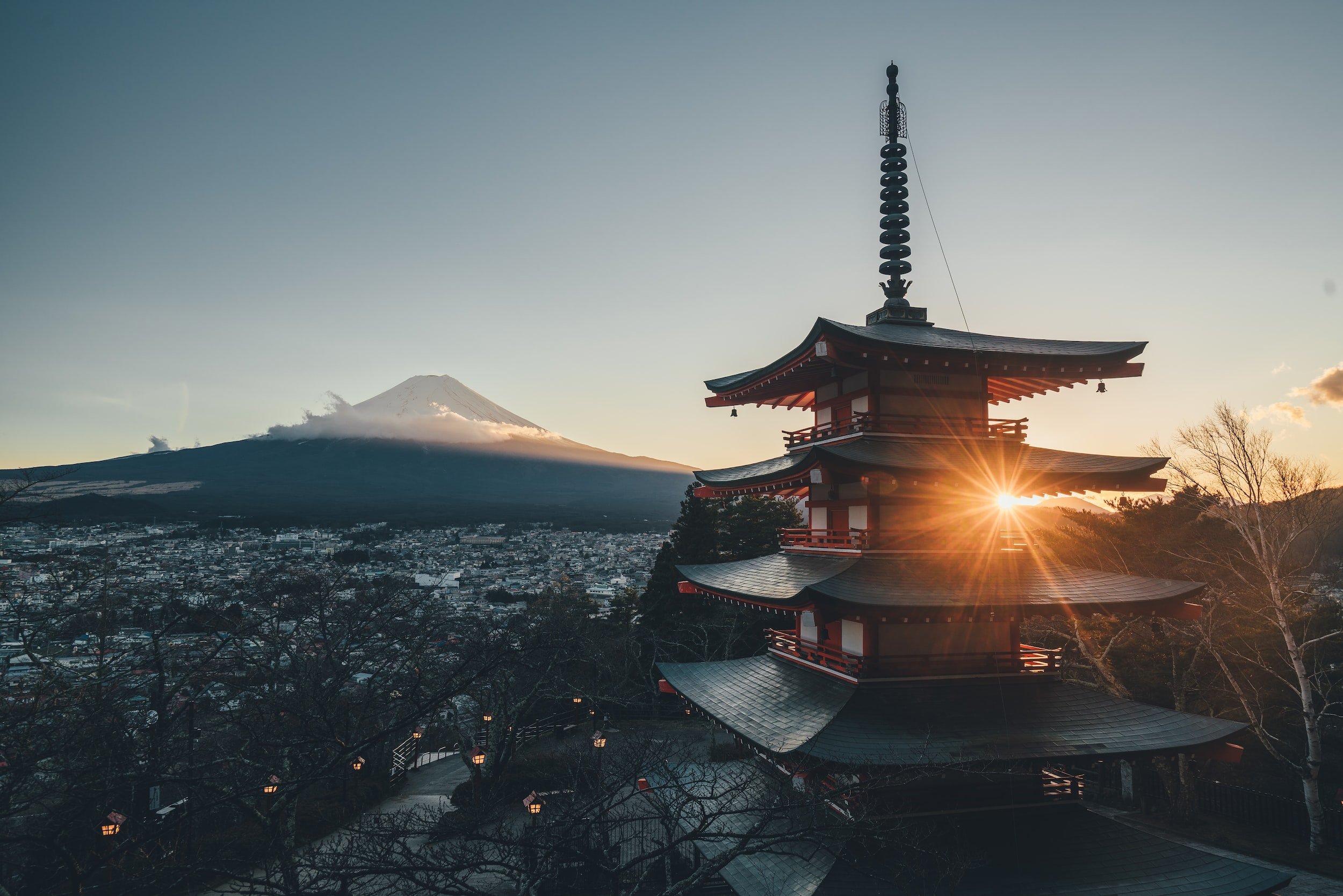
About The Bujinkan
What is Bujinkan Ninjutsu?
Bujinkan Budo Taijutsu is a traditional Japanese martial art that teaches you effective ways of self-protecting using timing, distancing, and angling.
Multiple attacks, weaponry, striking, grappling, choking, leaping, rolling, and throws are all disciplines incorporated into the training of Bujinkan Budo Taijutsu.
The training is non-competitive, allowing you to focus on developing the mind and body through a whole-body movement martial art, not speed and/or muscle training.
Bujinkan Budo Taijutsu
Soke Masaaki Hatsumi
-
The name of our art is Bujinkan Budo Taijutsu, which refers to the physical and spiritual techniques required for studying this martial art. We examine and train in both Ninja and Samurai arts as both are part of our system's heritage (The truth of Ninjutsu is quite different from the way it is portrayed in movies. The truth is actually more interesting than fiction and is studied as part of our curriculum).
The word Bujin uses two Japanese kanji: 武 Bu – warrior, and 神 Jin (also pronounced Shin or Kami) – divine or enlightened. 館 Kan means a castle or hall. So, the Bujinkan means the Hall of the Enlightened Warrior, or Hall of the Divine Warrior. Ninjutsu means the art or skills of the Ninja, it is composed of 忍 Nin - to endure or persevere, and 者 Ja - person. So, the meaning of the word ninja is a person who endures/perseveres.
According to the head of our art, Hatsumi Soke, right now is the best period for those studying Ninjutsu, because a person can evolve and perfect their skills to such an extent that was not possible before. The Bujinkan Dojo is today the only school teaching true Ninjutsu in the original manner (many other so-called ninjutsu schools teach a pieced together system of other martial arts they picked up from different teachers and call it ninjutsu, or several are dissenters from the Bujikan that have started their own schools and are break-offs from the original). Furthermore this is the only ninja school and one of the few samurai traditions taught today that has endured a strict, uninterrupted line of Soke (patriarch over a school or grandmaster).
The Bujinkan Dojo consists of nine total Koryu (ancient martial arts schools that existed before the Meiji period which began during the 1800s). Several of the Bujinkan's schools date back to the 1100s with the "youngest" school dating back to the 1600s. These were passed down through an unbroken line through their various Soke until they ultimately were all passed on from the previous heads of the schools to one man, Toshitsugu Takamatsu, who then passed them to his pupil, Dr. Hatsumi. The title of Soke (the patriarch, head of the family; Bujinkan is considered a big family), was passed to Dr. Hatsumi so that these martial arts could evolve and live on. Hatsumi Soke organized the Bujinkan as a system for teaching these nine ancient schools. The majority being Ninha schools or schools having ties to ninja, the remainder being samurai schools.
The Bujinkan is known worldwide and has official dojos in more than 40 countries. Hatsumi Soke has been given special honors by the Emperor of Japan, all U.S. military branches, FBI and CIA, U.S. Homeland Security, and is even the first martial artist in history to receive an Apostolic Blessing by the Vatican. To learn more on Hatsumi Soke, watch the documentary ‘Living Ninja Legend: The Story of Hatsumi Masaaki’ on Amazon Prime.
You can also read more about our art and Hatsumi Soke in this article: https://www.nippon.com/en/views/b02345/?pnum=1
-
A student in our school starts by learning a core set of basics from all of the schools that provide a strong and effective foundation from which to build. Each year we also focus on learning the Waza (techniques) from the densho (ancient scrolls) of one of the individual schools.
In the dojo we train to accept and receive attacks from opponents (Uke Negashi) in a realistic manner with the greatest efficiency possible. In the Bujinkan, we use distance, balance, and timing in our training to develop skill sets that allow us to interact with an opponent so that they cause their own destruction.
The basic disciplines of unarmed fighting are divided into Dakentaijutsu (punching and kicking techniques, [Karate]), Koshijutsu (attacking muscles and organs techniques), Koppojutsu (attacking bones and bone structure techniques), and Jutaijutsu (controlling [Jujutsu/Jiujutsu/Jiujitsu] and throwing [Judo] techniques). While we do train in some very devastating combat methods, our philosophy holds that these are unnecessary except in the most dire of circumstances. We should love and pity anyone so out of balance that they would attack another human being and not cause them harm if it isn't necessary. If it should be necessary, however, then we are armed with the skills and knowledge for such an encounter. We train in the set techniques (Waza) of the ancient schools (Koryu) we study and learn to adapt them using the secret teachings (Gokui) for any situation. Free training (Randori) simulates the realities of an altercation and also helps students learn to deal with stress and pressure from real attacks.
-
Kenjutsu (sword techniques) and Bukijutsu (various combat weapons) are studied at all levels, you don't have to wait for a certain rank level to start using weapons. We train in both ancient traditional weapons and modern weapons. There are several of every training weapon available to borrow in the dojo. Many students prefer to own and train with their weapons. Because of the nature of our training, for the safety of everyone, only high quality weapons may be used in the dojo. Here are some of the weapons we teach.
Nihonto: Japanese Swords: Katana, Dai-Katana, Wakizashi, Tachi, Kodachi, Odachi, Ken, Ninjato, Nagamaki
Bo: Roku Shaku Bo, Jo, Hanbo
Tanto: knives
Juu: guns
Yari: spears
Naginata and Bisento: large pole arm weapons with curved blades
Shuriken: throwing weapons such as Shakken (stars) and Bo Shuriken (straight spikes)
Kyoketsu Shoge: blade and hook weapon with weighted rope attached.
Nawa: rope for restraining opponent
Kusari Fundo: weighted chain weapon
And more
-
The heritage of the Bujinkan goes back over 900 years. Because the history of the Bujinkan is so deep, this is just a brief overview. More of the complete history is available to learn in the dojo or through history books. The Bujinkan is a world wide Japanese martial arts organization headed by Grandmaster Masaaki Hatsumi. Dr. Hatsumi is the Soke (Grandmaster/head of family) of nine different schools of martial arts, both samurai and ninja. Here is a short documentary video about Toshitsugu Takamatsu Soke, the late teacher to our current Grandmaster, Hatsumi Soke. This video helps put into perspective the nature of our training and the history it is steeped in.
The Bujinkan is comprised of nine ancient martial arts schools that were passed down from generation to generation until they are all passed on to Dr. Masaaki Hatsumi. Hatsumi Soke has been given special honors by the Emperor of Japan, all U.S. military branches, FBI and CIA, U.S. Homeland Security, and is even the first martial artist in history to receive an Apostolic Blessing by the Vatican.
Below is a list of the nine schools of the Bujinkan and the generation number that Dr. Hatsumi is the Soke of. Also included is the meaning of each school's name, their specialty, and the year they were founded.
Togakure Ryu Ninpo
34th Grandmaster
Hidden Door School, Ninja school, founded in 1161 AD. One of the oldest ninja schools of the Iga province.
Gyokko Ryu Kosshijutsu
28th Grandmaster
Jeweled Tiger School, related to Ninja, soft tissue and organ attacks, founded officially in 1156 AD, though it's origins date back hundreds of years earlier to Tang Dynasty China, 618-907 AD.
Koto Ryu Koppojutsu
18th Grandmaster
Knocking Down Tiger School, related to Ninja, bone breaking, founded in 1532 AD.
Shinden Fudo Ryu Dakentaijutsu/Jutaijutsu
26th Grandmaster
Immovable Heart School, striking and grappling, founded 1113 AD.
Kukishin Ryu Taijutsu
28th Grandmaster
Nine Spirits Divine Transmission School, samurai school specializing in naval warfare, long battlefield weapons, and unarmed fighting, founded during the 1330s AD.
Takagiyoshin Ryu Jutaijutsu
17th Grandmaster
High Tree Raised Heart School, samurai grappling school, founded in 1632.
Kumogakure Ryu Ninpo
14th Grandmaster
Hiding in the Clouds School, Ninja school, founded in the Tenmon Era 1532-1554.
Gyokushin Ryu Ninpo
21st Grandmaster
Jeweled Heart School, Ninja school, because of historical record discrepancies, it is not know exactly when this school was founded. It was founded before 1600 AD.
Gikan Ryu Koppojutsu
15th Grandmaster
Truth, Loyalty, and Justice School, bone breaking school, founded in the Eiroku Era, 1558-1570.
The Bujinkan is an organization through which these nine different schools can be taught. A student in our school starts by learning a core set of basics from all of the schools that provide a strong and lethal foundation from which to build. Each year we also focus on learning the Waza (techniques) from the densho (ancient scrolls) of one of the individual schools.
This is just a brief overview of the Bujinkan's history. Its history is very deep and each of the nine schools has its own history, dating back nearly one thousand years in some cases. Participants have the opportunity to learn it all.
Learn More Below

